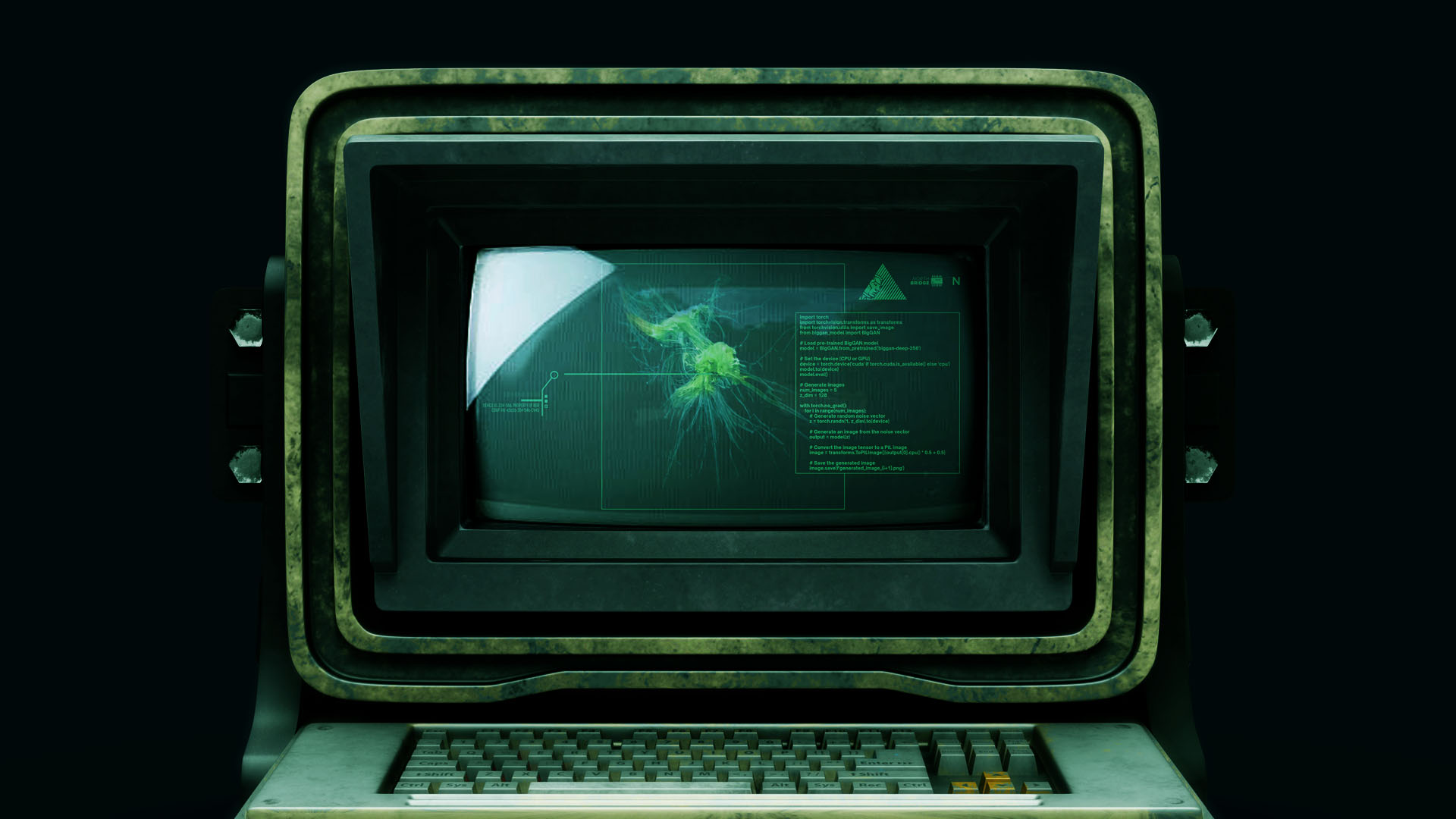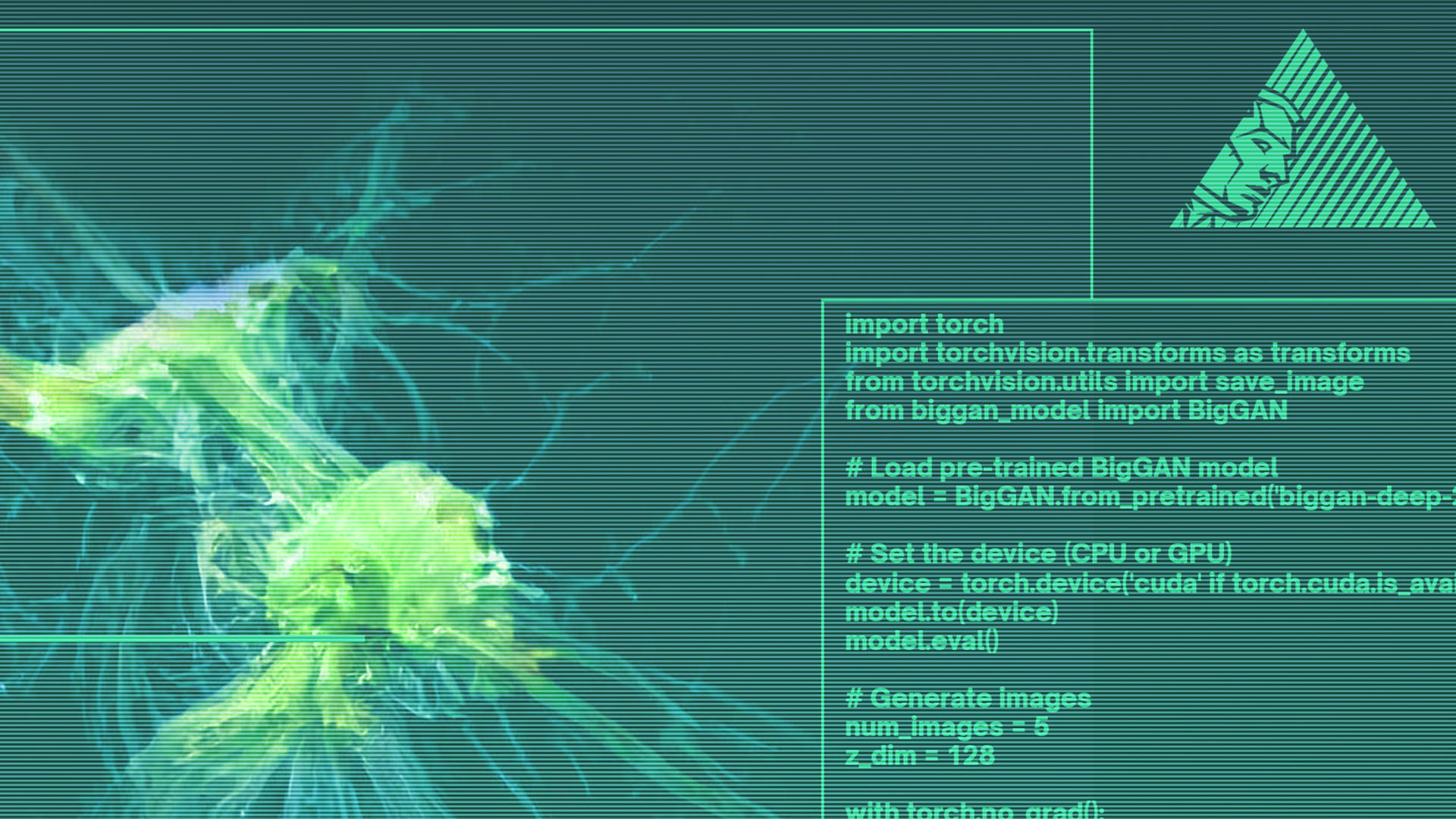
A BIT OF NEURAL DESIGN
In the first hype of AI between 2014 and 2015, an AI lab was established in a garage with the naive and curious vision of understanding artificial intelligence and explore its potential for advancing to human level AI (HLAI) and its application in creative tasks, such as arts, design, research, and learning. This lab evolved into Neural Design, aimed to delve into various areas of research such as Artificial General Intelligence (AGI), Human-Level AI (HLAI), cognitive modeling, and the application of AI in creativity, strategy, research and design.
From its inception, the lab's primary objective was to understand and harness the symbiotic relationship between humans and machines and explore the transformative power of AI in enhancing knowledge creation, and not just aiming at optimizing processes, increasing efficiency and productivity or greater profitability for businesses and industries.
We are a small team of researchers and designers who shared the passion for AI. We´re small, but we are fostering an interdisciplinary approach to research focusing on how AI is transforming science, art, design, education, and our collaboration, and sincere and curious efforts, have reaped great results, not just from the application of AI, but especially in how we can exploit this technology and really produce extraordinary things that we would never have achieved otherwise.
Initially, the lab focused on researching AGI, but parallel to AGI research, the lab's commitment to creativity and design led to the development of AI tools and techniques that fostered new forms of human-machine collaboration, highlighting what we call Symbiotic Design. We investigated how AI could augment the creative process, from generating insights and novel ideas to assisting in the design and prototyping of products and systems. The lab's efforts extended to various domains, including architecture, reseach, graphic design, music composition, and visual arts, among others.
As the years went by, the lab's commitment to understanding the symbiotic relationship between humans and machines remained at the core of its research agenda. This dedication led to the emergence of new interdisciplinary fields and methodologies, further blurring the boundaries between humans and AI. Once again, Neural Design was established almost 10 years ago embarked on a transformative journey to explore the symbiosis between humans and machines, with a specific focus on AGI, HLAI, cognitive modeling, and AI applied in creativity, strategy and design. It´s all about how we learn, design, and create knowledge, ultimately shaping a future where humans and machines work together to achieve extraordinary feats.

A LITTLE BIT DEEPER
In the beginning, access to AI was much more complicated and the results were strange, literally embryonic. But even if we only considered the most grotesque results in the aesthetic sense, it would still be impressive in the scientific sense.
Having started when the information was raw and the understanding of ANNs was still developing, the lab would have accumulated a wealth of foundational knowledge. This would include hands-on experience with the evolution of AI technologies, algorithms, and methodologies.
Neural Design as a concept represents an evolutionary step in the use of artificial intelligence, particularly in the realm of design and creative industries. It posits that AI can augment human creativity and cognition rather than simply automate tasks, leading to innovative approaches in various fields. The vision behind Neural Design suggests a future where AI and humans collaborate to create complex systems and structures that were previously beyond human capability.
This review of these older models, which predate these powerful large models, evidenced that this could help us in many activities involving communication, visual arts, audiovisual, visual communication, and that computer vision, NLP and generative models were advancing in a very interesting direction.
It wasn't (and still isn't) clear the replacement of human creativity by machines, but a long time ago it was already clear that many markets, business models and systems would have to reinvent themselves, others would really be doomed, but many new possibilities and opportunities would arise. It is even difficult to measure and talk about the amplitude of all these possibilities, but it is something of unprecedented proportions.
We defend the thesis that we need AI to undertake and understand things that we could never understand or do without the help of these intelligent machines; we believe that there are more confluences than conflicts between artificial intelligence and biological intelligence; which, reinforcing, are tools that are at the service of human creativity; who can help us more than threaten us, and; that, above all, it is a question of survival, understanding and adapting to this new reality.

BITS HAPPENS
In a departure from the traditional AI research approach, Neural Design emerged as a distinct and relaxed environment that placed a strong emphasis on humanity, creativity, and freedom of thought. The lab, established by a group of creative professionals, sought to explore the profound concept of AI generalization while fostering a nurturing space that encouraged free thinking and innovation.
The founders of Neural Design recognized the transformative potential of AI in the creative realm, but they sought to establish a different kind of AI lab – one that prioritized the human element and the pursuit of meaningful artistic expression and a more advanced means of producing knowledge over solely seeking commercial gains, or simply automating marketing, commercial and industrial processes. We do not have an ideological vision, and we would never oppose the application of AI in industries and commerce, but our focus is simply different, where we really want to understand how AI is transforming science, how it can expand our potential, and how AI advances to generalization and points to singularity. We envisioned a space that allowed creative professionals to engage and think about the advancement AI, promoting exploration and experimentation without constraints.
Within the Neural Design lab, researchers and artists were encouraged to think freely and deeply about AI generalization. The concept of AI generalization refers to the ability of AI systems to extend their knowledge and skills beyond the specific tasks they were trained on like all current AI systems, enabling them to adapt to new situations and generate novel and innovative outcomes. By focusing on AI generalization, the lab aimed to explore how AI could contribute to the creative process in a way that was meaningful, human-centric, and aligned with the aspirations of artists and designers.
The lab fostered an environment that encouraged interdisciplinary collaboration and exchange of ideas. Creative professionals from diverse backgrounds, including artists, designers, musicians, and writers, came together to collectively explore the intersection of AI and creativity. The relaxed atmosphere allowed for open discussions, creative brainstorming sessions, and the fusion of different perspectives, nurturing an ecosystem of inspiration and collective intelligence.
In this unique environment, the researchers and artists at Neural Design engaged with AI as both collaborators and critics. They actively questioned and challenged the capabilities and limitations of AI, aiming to uncover new possibilities and redefine the role of AI in creative endeavors. This approach emphasized the importance of maintaining a human touch and preserving the essential qualities that make art and design deeply personal and meaningful.
By encouraging free thinking, and prioritizing the well-being, the lab created an atmosphere where the convergence of AI and creativity flourished. Neural Design challenged the status quo, urging society to embrace AI as a tool for expanding human potential and artistic expression, all while maintaining a deep connection to the essential qualities that make us uniquely human.
In our relaxed and creative AI lab, we embrace the motto: 'Bits Happens'. Just remember to keep an eye on those note stickies, especially when you're dealing with Neural Net Processors. We're all about fostering innovation, not inadvertently triggering the rise of Skynet!
